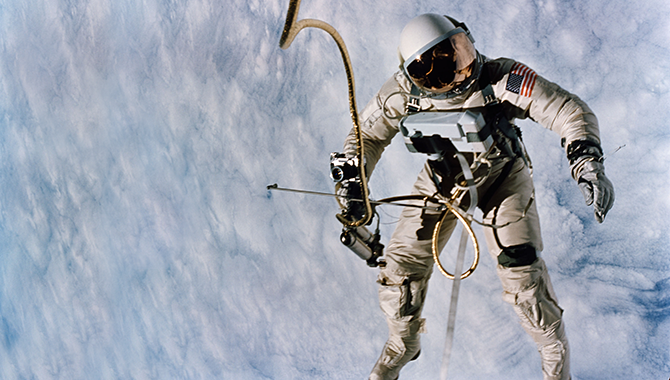
Fifty years ago this month, the Gemini IV mission set out to answer a critical question: can human physiology withstand the rigors of long-duration spaceflight?

Fifty years ago this month, the Gemini IV mission set out to answer a critical question: can human physiology withstand the rigors of long-duration spaceflight?
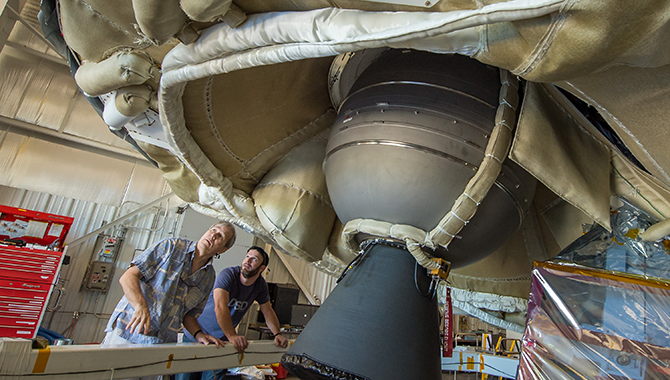
On the journey to Mars, small steps can be as valuable as giant leaps forward. The recent Low-Density Supersonic Decelerator (LDSD) test is a prime example.
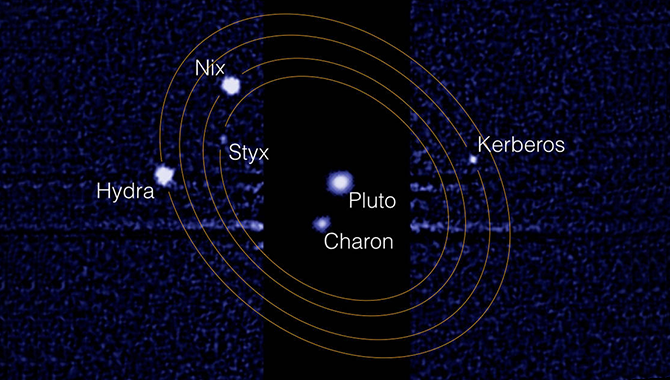
Findings from the Hubble Space Telescope reveal a chaotic environment around Pluto that could endanger the upcoming New Horizons flyby.
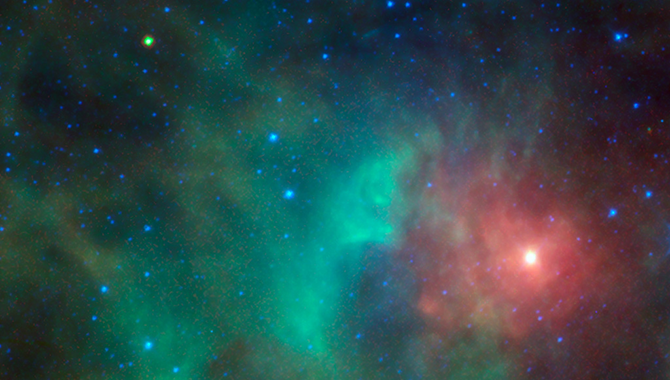
In 2013, NASA repurposed a non-operational spacecraft as an asteroid hunter. That mission now helps protect Earth—while contributing to the journey toward Mars.
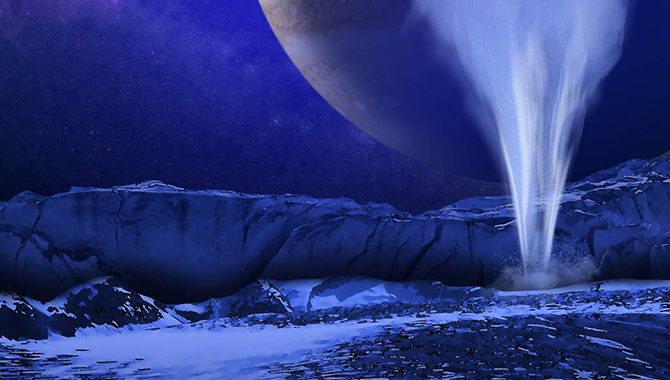
State-of-the-art science instruments have been selected to help the Europa mission answer the big question: Are we alone in the universe?

NASA recently released the draft 2015 Space Technology Roadmaps, which identify promising new technologies that could advance agency missions.
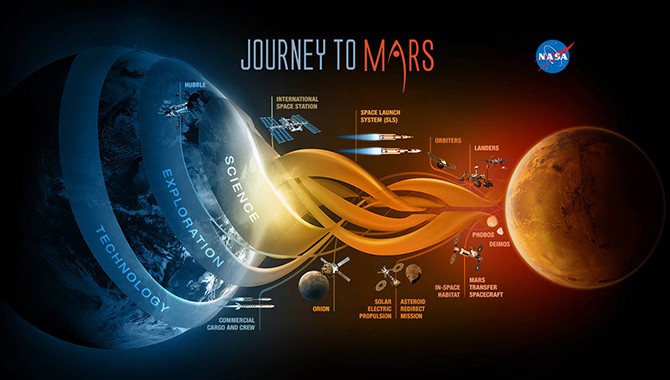
At a recent summit meeting, Charles Bolden discussed NASA’s plan to reach Mars. “This plan is clear. This plan is affordable. And this plan is sustainable,” he said.
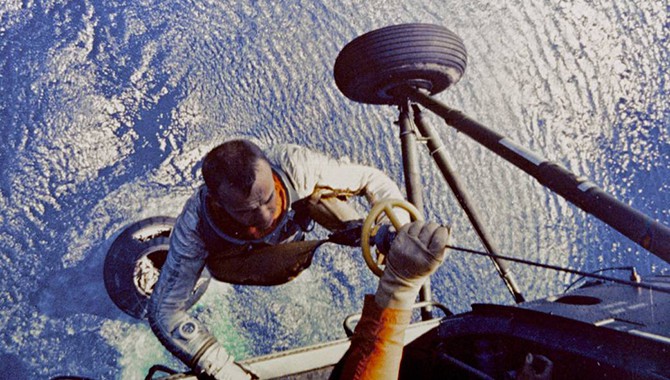
Mercury-Redstone 3, the first American manned mission to space, engaged the world—and cleared a path to the moon.
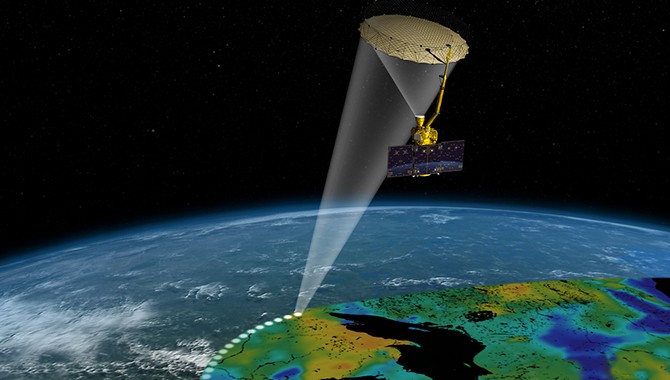
A recent GAO report confirmed that cost and schedule growth among NASA’s major acquisition projects remains low compared with previous years.